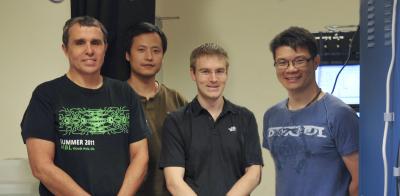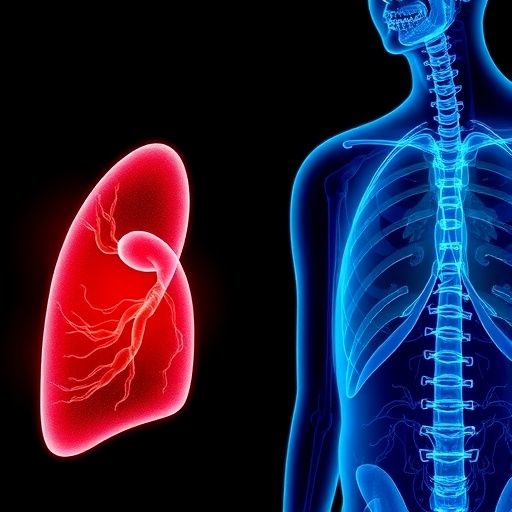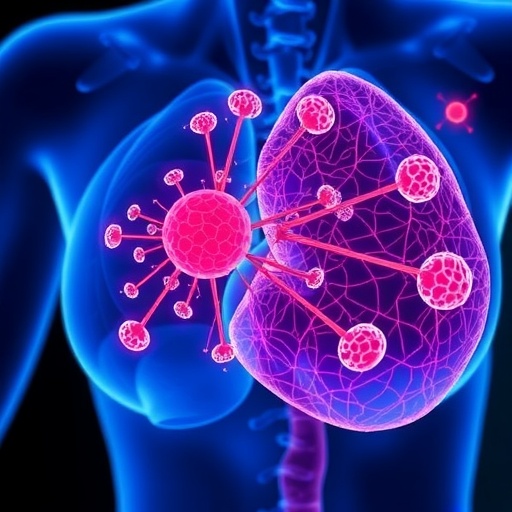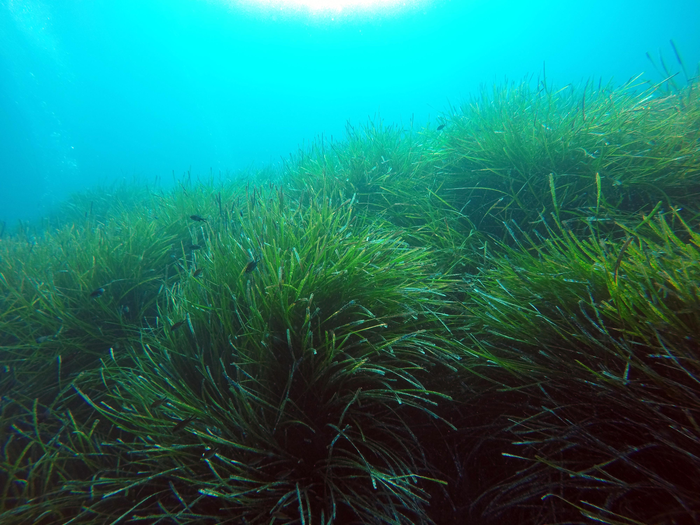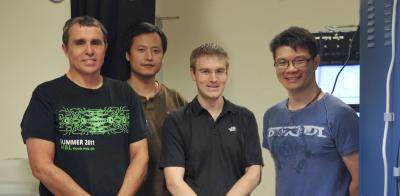
IMAGE: Shown left to right are Newcomb Cleveland Prize winners Eric Betzig, Kai Wang, Wesley Legant, and Bi-Chang Chen.
Credit: Matt Staley
An advancement in microscopy that provides an unprecedented understanding of the inner workings of live cells has won the 2014-2015 Newcomb Cleveland Prize of the American Association for the Advancement of Science (AAAS).
The Association's oldest prize, now supported by The Fodor Family Trust, annually recognizes the author(s) of an outstanding paper published in the Research Articles or Reports sections of the journal Science between June and the following May.
Due to their exceptional work, Eric Betzig, Bi-Chang Chen, Wesley Legant, Kai Wang, and their colleagues will receive the 2014-2015 Newcomb Cleveland Prize, which includes $25,000 and a plaque. The research was originally published by Science on 18 October 2014.
Their work, which dramatically improves upon conventional light-sheet microscopy, allows for 3-D imaging of single molecules, live cells, and developing embryos.
Light-sheet microscopy is appealing because, by rapidly illuminating one plane after another within a specimen, background haze and light-induced damage are minimized. However, conventional light sheets are too thick over cellular dimensions to capture subcellular workings in detail, at high resolution.
Several years ago, Eric Betzig and colleagues at the Janelia Research Campus began exploring the use of ultra-thin, non-diffracting Bessel beams to overcome this problem. He says, "To make the method faster, we started using several Bessel beams in parallel. We were shocked to discover how much multiple Bessel beams reduced photo toxicity compared to one."
Inspired by this and by physicists who use optical lattices to trap atoms, Betzig theorized that two-dimensional lattices, essentially multiple parallel "grids" of Bessel beams, could offer better results. "As expected, the lattice light sheet reduced the toxicity even further and, because it illuminates the whole plane simultaneously, is even faster," explains Betzig.
In their study, the researchers illustrated the power of their approach using 20 distinct biological systems, including embryonic development in nematodes and fruit flies. Because their approach causes less damage than traditional imaging and improves image acquisition speed, it expands the range of biological events that microscopes can investigate, holding broad implications for the field of biology.
Since its development, lattice light-sheet microscopy has been used to image numerous important events, such as single transcription factor molecules binding to DNA, hotspots of transcription, microtubule instability, protein distributions in embryos, and much more. The microscope is available free of charge to outside users through the Advanced Imaging Center at Janelia.
"There are several criteria that the selection committee looks for in an outstanding Newcomb-Cleveland awardee, and this year's winner had it all: a major advance in the field, a well-communicated contribution, and of broad potential application beyond a narrow sub-discipline," explains Science's Editor-in-Chief, Marcia McNutt. "The light-sheet microscopy paper by Chen et al. earned wide support from a very interdisciplinary selection committee faced with a number of exciting candidates from which to choose."
The prize was established in 1923 with funds donated by Newcomb Cleveland of New York City and was originally called the AAAS Thousand Dollar Prize. It is now known as the AAAS Newcomb Cleveland Prize. Along with a plaque and $25,000 in prize money, the winner receives complimentary registration and reimbursed travel expenses to attend the AAAS Annual Meeting.
The 2014-2015 Newcomb Cleveland Prize Selection Committee includes Marcia McNutt, Chair, Editor-in-Chief, Science; Robert H. Grubbs, California Institute of Technology; Gary King, Harvard University; Susan Rosenberg, Baylor College of Medicine; Ali Shilatifard, Northwestern University Feinberg School of Medicine; Michael S. Turner, University of Chicago.
The Newcomb Cleveland Prize will be presented to Eric Betzig at the 182nd AAAS Annual Meeting in Washington, DC, which will take place 11-15 February 2016. The AAAS Awards Ceremony and Reception will be held at 6:30 p.m. on Friday, February 12, in the Palladian Ballroom of the Omni Shoreham Hotel.
###
About AAAS
The American Association for the Advancement of Science (AAAS) is the world's largest general scientific society and publisher of the journal Science as well as Science Translational Medicine, Science Signaling, and a digital, open-access journal, Science Advances. AAAS was founded in 1848 and includes nearly 250 affiliated societies and academies of science, serving 10 million individuals. Science has the largest paid circulation of any peer-reviewed general science journal in the world. The non-profit AAAS is open to all and fulfills its mission to "advance science and serve society" through initiatives in science policy, international programs, science education, public engagement, and more. For the latest research news, log onto EurekAlert!, http://www.eurekalert.org, the premier science-news Web site, a service of AAAS. See http://www.aaas.org.
Supported by The Fodor Family Trust
Stephen P.A. Fodor, Ph.D., and his colleagues were awarded the Newcomb Cleveland Prize in 1991 for their landmark publication which first introduced microarray technology to the scientific community. ("Light-directed, spatially addressable parallel chemical synthesis," with co-authors J. Read, M.C. Pirrung, L. Stryer, A.Lu, and D. Solas, Science, 15 February 1991.)
Fodor began supporting the AAAS Newcomb Cleveland Prize in 2003, helping to more than double the prize's monetary value. "Receiving the Newcomb Cleveland Award in 1991 was the first important public acknowledgement of our invention," he says. "Today, the award remains one of our most valued. We are thrilled to support its continued legacy. It is important to recognize and encourage the innovative work of new scientists as their work will become the foundation for future research and discovery."
AAAS is the world's largest general scientific society, dedicated to
"Advancing science – Serving society."
Media Contact
Natasha Pinol
[email protected]
202-326-6440
@AAAS
http://www.aaas.org


